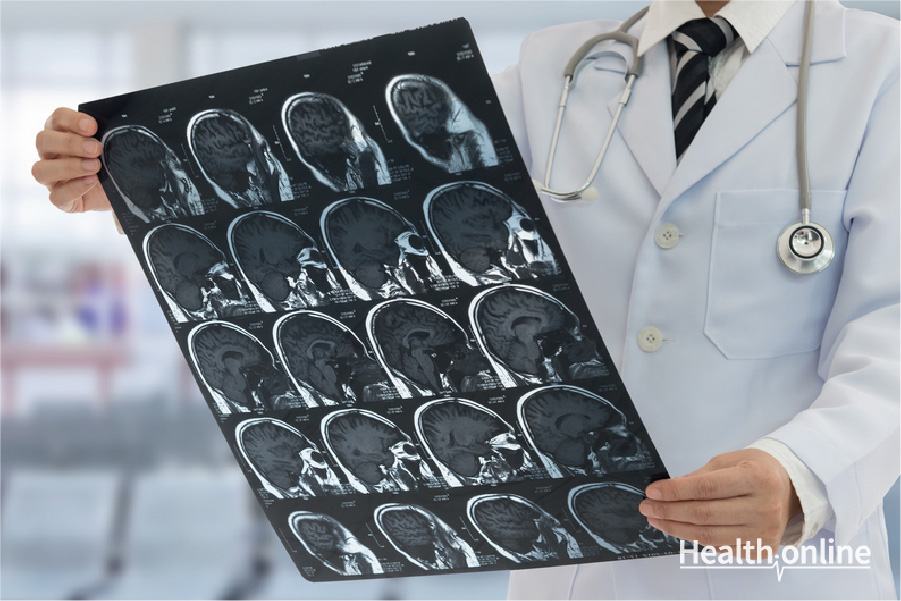
Diagnosis of Stroke
Once a doctor has taken charge, the first step in officially diagnosing a stroke is a physical examination. The doctor will look for the same things a layman would look for: slurred speech, facial droop, loss of limb control. He will also take blood pressure and conduct blood tests that look at blood sugar levels, how quickly blood clots, and abnormalities in blood chemistry.
Magnetic Resonance Imaging (MRI) is usually the standard of care for a patient suspected of having a stroke. An MRI can pinpoint what part of the brain has been damaged as well as how the blood is flowing to the brain and where that flow has been disrupted. If the medical team needs a more detailed look at veins in the brain and neck, they may conduct a cerebral angiogram which may provide more information than the MRI.
If a medical team has determined that the stroke was caused by a blood clot, they will probably order an echocardiogram to see if the clot was thrown off by the heart. Treatment of heart clots may be needed to prevent future strokes.




